Google Maps is one of Google’s best applications, but the time, energy, and thought put into designing it often goes unnoticed because of how easy it is to use, for a variety of purposes. Willem Van Lancker, a user experience and visual designer for Google Maps, describes the process of building a map application — color scheme, icons, typography, and “Googley-ness” — that practically everyone can use, worldwide.
We have worked (and driven) around the world to create a “map” that is a collection of zoom levels, imagery, angles, and on-the-ground panoramas all wrapped into one. Through these varied snapshots of our world, we are attempting to sew together a more seamless picture of the Earth—from its natural beauty to the surprising (and often absurd) details that make it our unique home. As our work progresses, new technologies give us the opportunity to get away from the limitations and complexity of standard cartography to provide a much more approachable and easy-to-understand map, loaded with data and information.
Remember when we had to refresh the page to see more of map?
[Core77 via @awoodruff]

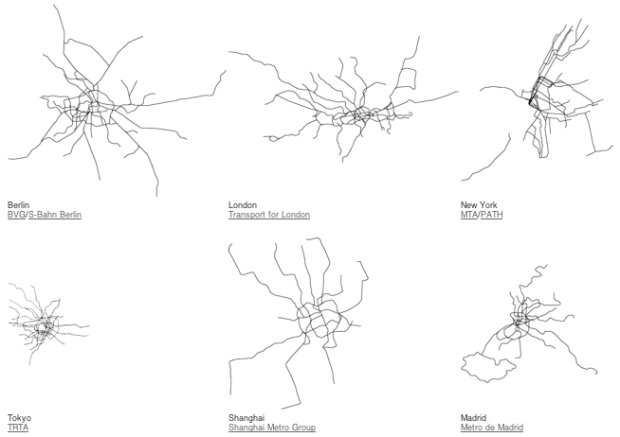


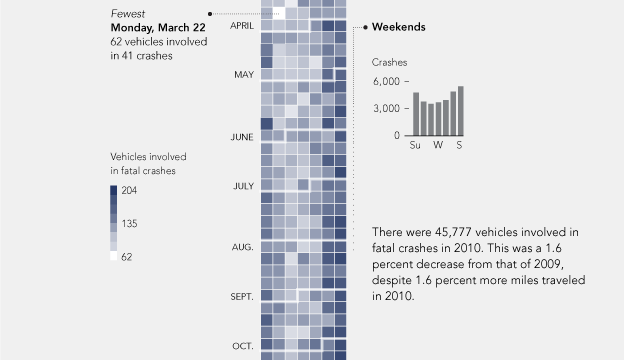
 The New Hampshire results trackers are out in full force tonight. Ordered by my inclination to leave open in the background:
The New Hampshire results trackers are out in full force tonight. Ordered by my inclination to leave open in the background: 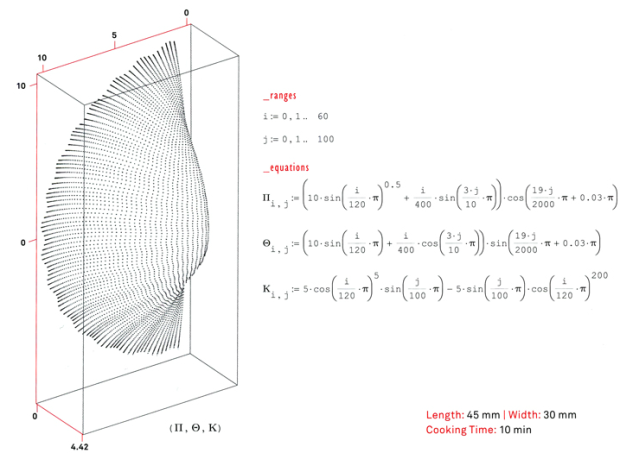
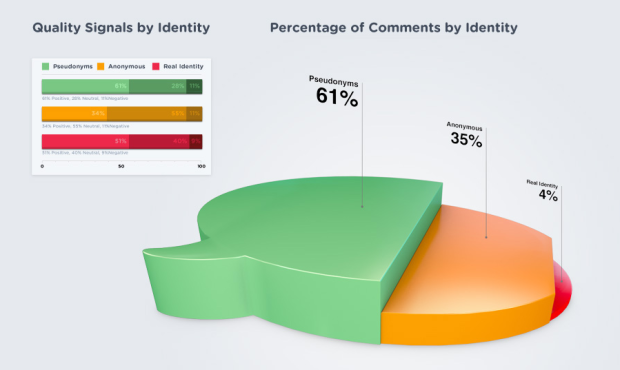

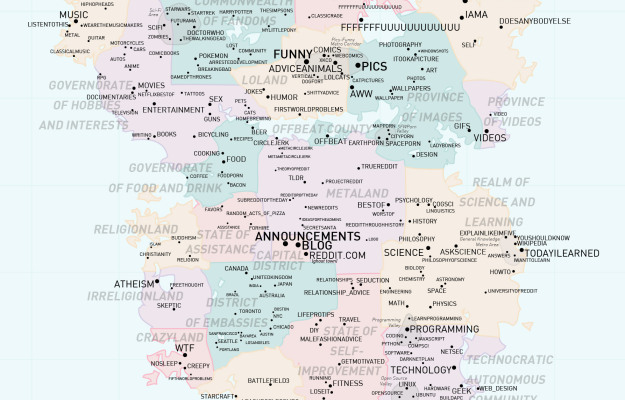










 Visualize This: The FlowingData Guide to Design, Visualization, and Statistics
Visualize This: The FlowingData Guide to Design, Visualization, and Statistics
